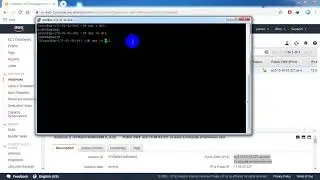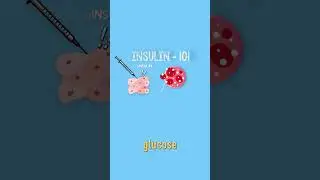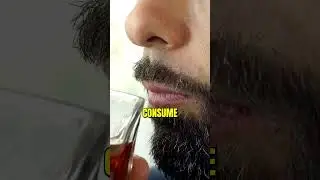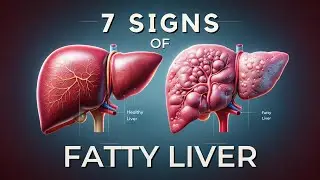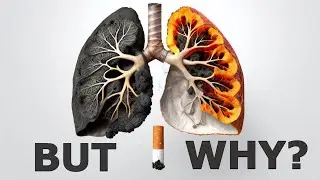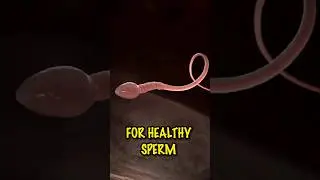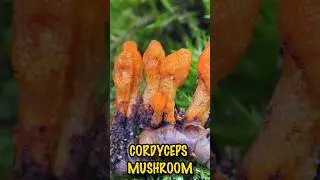Dorsal Column Medial Leminiscus Pathway Made Easy - Spinal Cord Tracts 1
Dorsal coloumn medial leminiscus Pathway
Help us Improve our content
Support us on Patreon : / medsimplfied
LIKE US ON FACEBOOK : fb.me/Medsimplified
Posterior column–medial lemniscus pathway (PCML) (also known as the dorsal column-medial lemniscus pathway) is a sensory pathway of the central nervous system that conveys localized sensations of fine touch, vibration, two-point discrimination, and proprioception (position sense) from the skin and joints. It transmits information from the body to the postcentral gyrus of the cerebral cortex.
There are three neurons involved in the pathway: first-order neurons, second-order neurons, and third-order neurons. The first-order neurons reside in dorsal root ganglia and send their axons through the gracile fasciculus and cuneate fasciculus.[The first-order axons make contact with second order neurons at the gracile and cuneate nuclei in the lower medulla. The second-order neurons send their axons to the thalamus. The third order neurons arise from thalamus to the postcentral gyrus.
The posterior column is composed of gracile fasciculus and cuneate fasciculus. The gracile fasciculus carries input from the lower half of the body and the cuneate fasciculus carries input from the upper half of the body. The gracile fasciculus arise from the fibers more medial than the cuneate fasciculus.
When the axons of second-order neurons of the dorsal column system decussate in the medulla, they are called internal arcuate fibers. The crossings of the internal arcuate fibers form the medial lemniscus.
The name comes from the two structures that the sensation travels up: the posterior (or dorsal) column of the spinal cord, and the medial lemniscus in the brainstem.
The PCML pathway is composed of rapidly conducting, large, myelinated fibers.
First neuron
This fine sensation is detected by mechanoreceptors called tactile corpuscles that lie in the dermis of the skin close to the epidermis. When these structures are stimulated by slight pressure, an action potential is started. Alternatively, proprioceptive muscle spindles and other skin surface touch receptors such as Merkel cells, bulbous corpuscles, lamellar corpuscles, and hair follicle receptors (peritrichial endings) may involve the first neuron in this pathway.
Example of a pseudounipolar neuron. Note the single process (axon) originating from the cell body then splitting into two branches.
The sensory neurons in this pathway are pseudounipolar, meaning that they have a single process emanating from the soma (also known as the cell body, perikaryon, or cyton) with two distinct branches: one peripheral branch that functions somewhat like a dendrite of a typical neuron by receiving input (although it should not be confused with a true dendrite), and one central branch that functions like a typical axon by carrying information to other neurons (again, both branches are actually part of one axon).
Watch again : • Dorsal Column Medial Leminiscus Pathw...
~-~~-~~~-~~-~
CHECK OUT NEWEST VIDEO: "Nucleic acids - DNA and RNA structure "
• Nucleic acids - DNA and RNA structure
~-~~-~~~-~~-~
Watch video Dorsal Column Medial Leminiscus Pathway Made Easy - Spinal Cord Tracts 1 online, duration hours minute second in high quality that is uploaded to the channel MEDSimplified 27 October 2016. Share the link to the video on social media so that your subscribers and friends will also watch this video. This video clip has been viewed 85,752 times and liked it 2.9 thousand visitors.







